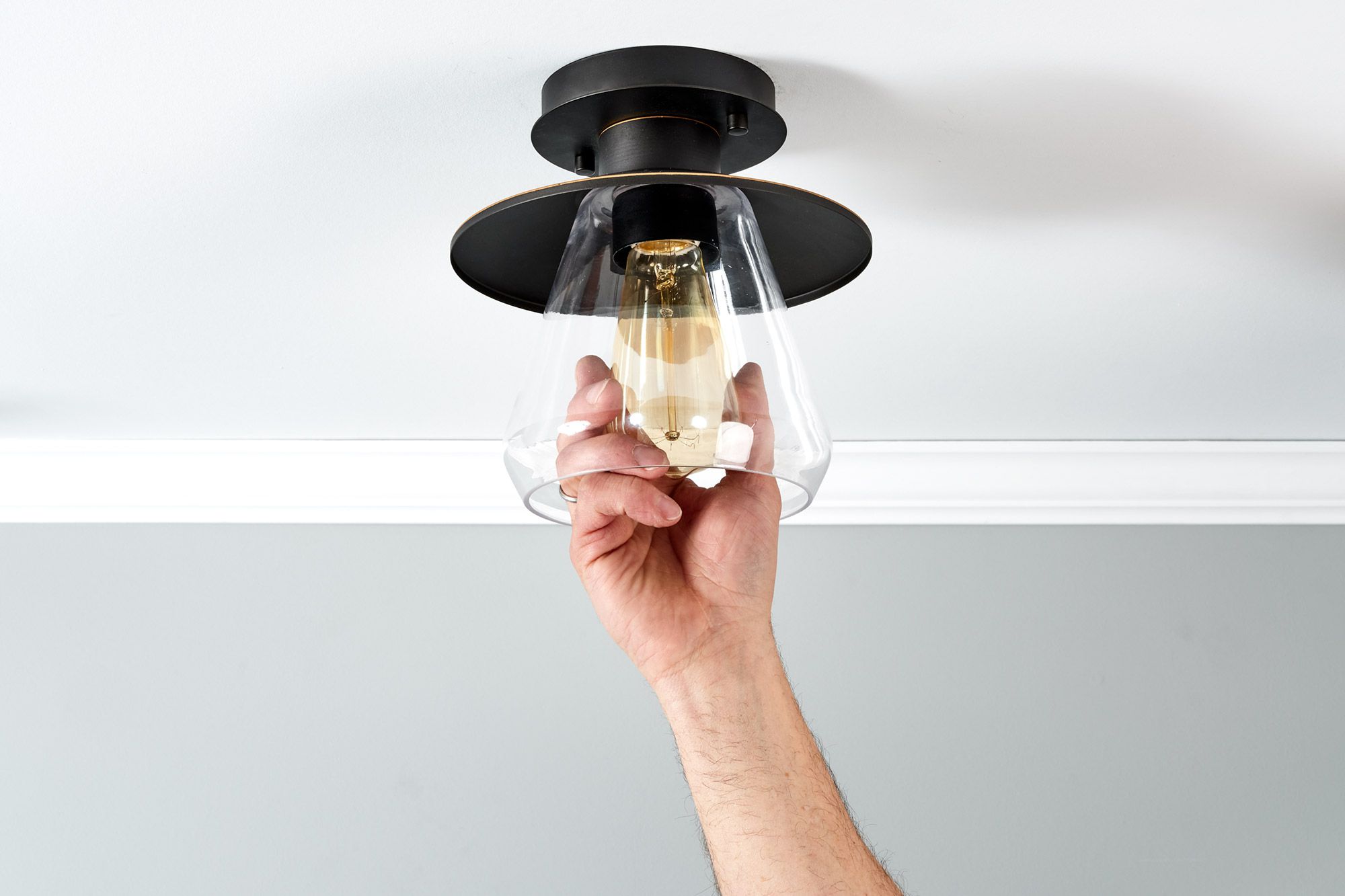

Articles
How Does A Light Socket Work
Modified: January 6, 2024
"Learn everything you need to know about how a light socket works with informative articles. Discover the inner workings and functionality in detail."
(Many of the links in this article redirect to a specific reviewed product. Your purchase of these products through affiliate links helps to generate commission for Storables.com, at no extra cost. Learn more)
Introduction
Welcome to the world of light sockets! These seemingly simple devices play a crucial role in our daily lives, enabling us to illuminate our homes, offices, and outdoor spaces. Whether you’re changing a light bulb or troubleshooting a flickering fixture, understanding how a light socket works is essential. In this article, we will delve into the inner workings of a light socket and explore its key components, functions, and common troubleshooting techniques.
Light sockets, also known as lamp holders or bulb sockets, provide a secure connection between the electrical power source and the light bulb. They come in various shapes, sizes, and designs to accommodate different types of light fixtures and bulbs. Despite their seemingly simple role, light sockets are more complex than they appear, with multiple intricate parts working together to ensure the smooth operation of lighting systems.
By gaining insights into the inner workings of a light socket, you can make more informed decisions when it comes to selecting the right socket for your needs, diagnosing and fixing common issues, and even exploring energy-efficient lighting options. So, let’s turn on the light of knowledge and discover the fascinating world of light sockets!
Key Takeaways:
- Light sockets serve as crucial bridges between electrical wiring and light bulbs, with components like the socket base and contact assembly working together to establish a secure electrical connection, ensuring effective illumination.
- Understanding the different types of light sockets, troubleshooting common issues, and prioritizing safety when working with electrical components empowers individuals to make informed decisions and maintain well-lit and safe environments.
Read more: How To Check If A Light Socket Is Working
Understanding the Function of a Light Socket
A light socket serves as a bridge between the electrical wiring in your home and the light bulb, allowing for a secure connection and efficient flow of electricity. Its primary function is to hold the light bulb in place while providing the necessary electrical contact to power it. Let’s explore the key components that enable a light socket to perform its function effectively.
The main components of a light socket include the socket base, which is the part that screws into the light fixture or lamp, and the socket interior, also known as the contact assembly. Inside the socket interior, you will find the center contact and the screw shell, which work together to establish an electrical connection with the light bulb.
When you insert a light bulb into the socket, the bulb’s center contact aligns with the socket’s center contact. This alignment ensures that the electrical current flows from the power source through the socket and into the bulb, allowing it to emit light. Meanwhile, the screw shell of the socket establishes a connection with the bulb’s base, providing the necessary grounding and stability.
It’s crucial to note that different types of light sockets exist to accommodate various bulb sizes and connect to different wiring systems. The most common types of light sockets include the Edison screw base (E26/E27), which is used for most household light bulbs, and the bi-pin base (G4 or G9), frequently found in halogen and LED bulbs. Each socket type has specific design features to ensure compatibility and safe operation.
With its simple yet vital function, a light socket plays a significant role in keeping our spaces bright and well-illuminated. Without proper functioning light sockets, we would face difficulties in maintaining a well-lit environment and enjoying the benefits of artificial lighting.
In the next section, we will take a closer look at the individual components of a light socket and their specific roles in facilitating a smooth connection between the electrical power source and the light bulb.
Components of a Light Socket
A light socket consists of several key components, each serving a specific purpose in ensuring a secure and efficient connection between the electrical wiring and the light bulb. Understanding these components is essential for troubleshooting and selecting the right socket for your lighting needs. Let’s explore the main components of a light socket:
- Socket Base: The socket base is the part that screws into the light fixture or lamp, providing stability and support. It is usually made of metal or heat-resistant plastic, depending on the type of socket and its intended application.
- Contact Assembly: The contact assembly is the interior part of the socket that establishes electrical contact with the light bulb. It consists of the center contact and the screw shell, which work together to complete the circuit and allow electricity to flow.
- Center Contact: The center contact is a small metal tab or pin located at the center of the socket. When the light bulb is inserted, its center contact aligns with the socket’s center contact, ensuring a proper connection for the flow of electricity.
- Screw Shell: The screw shell is the threaded metal part of the socket that provides a secure connection with the light bulb’s base. It acts as both a mechanical support and a grounding conductor, ensuring stability and safety.
- Insulating Sleeve: The insulating sleeve is a protective covering that surrounds the center contact, preventing any electrical contact with other parts of the socket. It helps to ensure safe operation and prevent electrical shocks.
- Mounting Bracket: The mounting bracket is a component found in some light sockets, especially those used in recessed lighting fixtures. It serves as a support structure, allowing the socket to be securely mounted to the fixture.
These components work together harmoniously to establish a reliable electrical connection between the light bulb and the power source. The socket base provides stability, while the contact assembly ensures the proper alignment and contact with the bulb. The insulating sleeve and mounting bracket, if present, contribute to the overall safety and functionality of the socket.
It’s important to note that the design and arrangement of these components may vary depending on the specific type of light socket. Different socket types, such as the Edison screw base or the bi-pin base, have slight variations in their component design to accommodate specific bulb sizes and socket configurations.
Now that we have explored the main components of a light socket, let’s move on to understanding the crucial role of the socket base in the overall functioning of the socket.
The Role of the Socket Base
The socket base is a critical component of a light socket, providing stability, support, and a secure connection to the light fixture or lamp. It plays a crucial role in ensuring the proper alignment of the socket and facilitating the flow of electricity. Let’s take a closer look at the important functions of the socket base:
1. Attachment to the Light Fixture: The socket base is designed to screw into the light fixture or lamp, securely holding the socket in place. This attachment ensures that the socket remains stable and properly aligned with the fixture, preventing any accidental rotation or displacement.
2. Physical Support for the Light Bulb: Once the socket base is securely attached to the fixture, it provides a stable support structure for the light bulb. It prevents the bulb from wobbling or coming loose, ensuring that it remains in a fixed position within the fixture.
3. Electrical Connection: The socket base serves as the pathway for the electrical wiring to connect with the light bulb. It is designed with metal contacts that establish electrical continuity between the wires and the bulb’s base.
4. Grounding Conductor: In many light sockets, the socket base also acts as a grounding conductor. It provides a safe pathway for electrical currents to flow to the ground, protecting users from potential electrical shocks.
5. Heat Dissipation: Light bulbs generate heat during operation, and the socket base helps dissipate this heat. By conducting the heat away from the bulb’s base, the socket base helps to prevent overheating and prolong the lifespan of the bulb.
The socket base is typically made of metal or heat-resistant plastic, depending on the type of socket and its intended function. It is designed to withstand the heat and electrical currents associated with lighting fixtures, ensuring both safety and durability.
It’s important to note that different socket bases are designed to accommodate specific types of light bulbs. The most common socket base is the Edison screw base (E26/E27), which is used for most household light bulbs. Other socket bases, such as the bi-pin base (G4 or G9), are designed for specific bulb types, such as halogen or LED bulbs.
By understanding the crucial role of the socket base, you can appreciate its significance in providing a secure and reliable connection between the light fixture and the light bulb. Now that we have explored the socket base, let’s move on to understanding how electrical connections are made within a light socket.
When a light bulb is screwed into a light socket, the metal tab at the base of the bulb makes contact with the metal tab inside the socket, completing the electrical circuit and allowing the current to flow, which then illuminates the bulb.
How Electrical Connections are Made
Within a light socket, electrical connections are made through a combination of components that ensure a secure and reliable flow of electricity. These components work together to establish a connection between the electrical wiring and the light bulb, allowing for the transmission of power. Let’s explore how electrical connections are made within a light socket:
1. Center Contact: The center contact is a small metal tab or pin located in the socket’s interior. When a light bulb is inserted into the socket, its center contact aligns with the socket’s center contact. This alignment creates a direct electrical connection between the power source and the bulb.
2. Screw Shell: The screw shell is the threaded metal part of the socket that provides a mechanical and electrical connection with the light bulb’s base. When the bulb is screwed into the socket, its base makes contact with the screw shell, completing the circuit. The screw shell also acts as a grounding conductor, ensuring safety and stability.
3. Spring Mechanism: Inside the socket, there is often a spring mechanism that applies pressure to hold the bulb in place. This mechanism ensures a snug and secure connection between the bulb and the socket, preventing any loose or intermittent electrical connections.
4. Insulating Materials: Light sockets may have insulating materials, such as ceramic or heat-resistant plastic, to isolate the electrical contacts and prevent short circuits. These materials help to ensure that the electrical current flows only where it is intended, maintaining safety and preventing damage to the socket or bulb.
5. Wiring Connections: The socket is also connected to the electrical wiring within the light fixture or lamp. This connection is typically made using wire terminals or screws. The wiring connections ensure that the electrical current flows from the power source into the socket, completing the circuit and powering the light bulb.
It’s important to note that different types of light sockets have varying designs and configurations to accommodate specific bulb types and wiring systems. For example, some sockets have additional contacts or terminals to support advanced functionalities, such as three-way or dimmable lighting options.
When properly assembled and connected, the electrical components within a light socket enable the smooth transmission of electricity, allowing the light bulb to illuminate. These connections should be secure and free from any loose or damaged components to ensure safe and efficient operation.
Now that we understand how electrical connections are made within a light socket, let’s explore the different types of light sockets that you may come across.
Read more: How Does An LED Light Bulb Work
Types of Light Sockets
Light sockets come in a variety of types, each designed to accommodate different bulb sizes, wattages, and wiring systems. Understanding the different types of light sockets is essential when selecting the appropriate socket for your lighting needs. Let’s explore some of the most common types of light sockets:
1. Edison Screw Base (E26/E27): The Edison screw base is the most widely used type of light socket for household lighting. It features a screw-in design with a medium-sized base (26mm in diameter for E26 and 27mm for E27). This type of socket can accommodate a wide range of incandescent bulbs, halogen bulbs, CFL (compact fluorescent lamp), and LED bulbs used in common household fixtures.
2. Bayonet Mount (B22d): The bayonet mount socket, also known as B22d, is common in Europe and other regions. It features a two-pronged design that requires a quarter turn to lock the bulb in place. B22d sockets are typically found in old or traditional light fixtures, and they are compatible with various incandescent, halogen, and CFL bulbs.
3. GU10/GU5.3 Base: GU10 and GU5.3 are types of bi-pin bases commonly used for halogen and LED spotlight bulbs. The GU10 base has two pins spaced 10mm apart, while the GU5.3 base has two pins spaced 5.3mm apart. These bases are typically found in track lighting, recessed lighting, and pendant fixtures.
4. MR16 Base: The MR16 base is similar to the GU5.3 base but specifically designed for low-voltage lighting systems. It is commonly used in track lighting, landscape lighting, and display lighting. This type of base employs a push-and-twist mechanism to hold the bulb in place.
5. Candelabra Base (E12): The candelabra base, designated as E12, features a smaller screw-in base commonly used for decorative light fixtures, chandeliers, and accent lamps. It is compatible with smaller bulbs, such as candle-shaped bulbs, torpedo bulbs, and some LED bulbs.
6. Mogul Base (E39/E40): The mogul base is designed for high-wattage bulbs and larger fixtures. It has a larger screw-in base (39mm in diameter for E39 and 40mm for E40) and is commonly used in industrial, commercial, and outdoor lighting applications.
These are just a few examples of the various light socket types available. It’s essential to check the specifications of the light fixture or lamp to ensure compatibility between the socket and the bulb. Using the wrong socket type can lead to safety hazards, inefficient operation, or bulb damage.
As technology evolves, new socket types may emerge to support advancements in lighting, such as smart lighting systems or energy-efficient bulbs. Stay updated with the latest developments to make informed decisions when it comes to choosing the right light socket for your specific lighting needs.
Now that we’ve explored the different types of light sockets, let’s move on to troubleshooting common light socket issues that you may encounter.
Troubleshooting Common Light Socket Issues
Light sockets, like any other electrical components, can experience issues over time. Understanding how to troubleshoot common light socket problems can help you identify and resolve these issues efficiently and safely. Here are some common light socket issues and their possible solutions:
1. Bulb Flickering or Not Working: If you encounter a flickering light or a bulb that is not working in a socket, start by checking the bulb. Ensure it is securely screwed into the socket and not loose. If the problem persists, try a different bulb to rule out a faulty bulb. If neither bulb works, there may be an issue with the socket itself. Inspect the socket for any visible damage, loose wiring connections, or signs of corrosion. If you notice any damage, it is recommended to replace the socket.
2. Socket Overheating: Overheating sockets can be a fire hazard. If you notice that the socket is becoming excessively hot, first check if you are using the correct wattage bulb. Using a bulb with a higher wattage than the socket can handle can cause overheating. If you are using the correct wattage and the socket still heats up, there may be a loose connection or a faulty socket. Consider having a qualified electrician inspect and replace the socket if needed.
3. Socket Not Secure: If the light bulb wobbles or is not securely held in place, it may be due to a problem with the socket spring mechanism. Try gently pulling up the spring-loaded contact inside the socket to ensure it is in proper working order. If the issue persists, the socket may need to be replaced to ensure a secure connection with the bulb.
4. Dim Light Output: Dim lighting can be caused by a variety of factors, including a faulty bulb, poor electrical connection, or dirty contacts. First, try replacing the bulb with a new one to rule out a faulty bulb. If the problem persists, turn off the power and inspect the socket for any dirt or corrosion on the contacts. Clean the contacts gently with a soft cloth or brush. If cleaning does not improve the light output, there may be an issue with the socket that requires replacement.
5. Socket Not Functioning at All: If the socket does not work at all, check the switch to ensure it is in the “on” position. If the switch is working correctly, verify that the circuit breaker or fuse connected to the socket has not tripped or blown. If the switch and circuit breaker are functioning properly, there may be a wiring issue or a faulty socket. In such cases, it is advisable to contact a qualified electrician to inspect and address the problem.
Remember, when working with electrical components, always prioritize safety. Before inspecting or troubleshooting a light socket, ensure that the power is switched off at the circuit breaker or fuse box. If you are unsure or uncomfortable with electrical work, it is best to seek the assistance of a qualified electrician.
By troubleshooting and addressing common light socket issues promptly, you can maintain a well-lit and safe environment in your home or workplace.
Now that we have covered common light socket issues, let’s conclude our exploration of light sockets.
Conclusion
Light sockets are essential components that play a critical role in the functionality and safety of our lighting systems. Understanding how light sockets work, their components, types, and common issues can empower you to make informed decisions about lighting fixtures, troubleshoot problems, and ensure a well-lit environment.
We began by exploring the importance of light sockets and their function as a bridge between electrical wiring and light bulbs. We discussed the components of a light socket, including the socket base, contact assembly, and insulating materials, all working together to establish a secure electrical connection.
Next, we gained insights into the role of the socket base as a means of attachment, physical support for the light bulb, and grounding conductor. We learned that the socket base is crucial for stability, heat dissipation, and as a conduit for electrical wiring, contributing to the overall functionality and safety of the socket.
Furthermore, we delved into how electrical connections are made within a light socket, involving the center contact, screw shell, spring mechanism, and insulating materials. These components ensure that the electrical current flows securely from the power source to the light bulb, illuminating our spaces effectively.
We explored the different types of light sockets, such as the versatile Edison screw base (E26/E27), bayonet mount (B22d), bi-pin bases (GU10/GU5.3), candelabra base (E12), and mogul base (E39/E40). Understanding the different socket types enables you to choose the appropriate socket for your specific lighting needs and bulb compatibility.
Lastly, we covered common light socket issues, including bulb flickering, socket overheating, insecure connections, dim light output, and socket malfunctions. By troubleshooting these issues, you can maintain optimal performance and safety in your lighting systems.
It is important to remember to prioritize safety when working with light sockets or any electrical components. If you encounter complex issues or feel unsure about electrical work, seek the assistance of a qualified electrician.
With a newfound understanding of light sockets, you are equipped to make informed decisions, troubleshoot problems, and create a well-illuminated and safe environment. So, shine a light on your knowledge and let your spaces glow with brilliance!
Frequently Asked Questions about How Does A Light Socket Work
Was this page helpful?
At Storables.com, we guarantee accurate and reliable information. Our content, validated by Expert Board Contributors, is crafted following stringent Editorial Policies. We're committed to providing you with well-researched, expert-backed insights for all your informational needs.
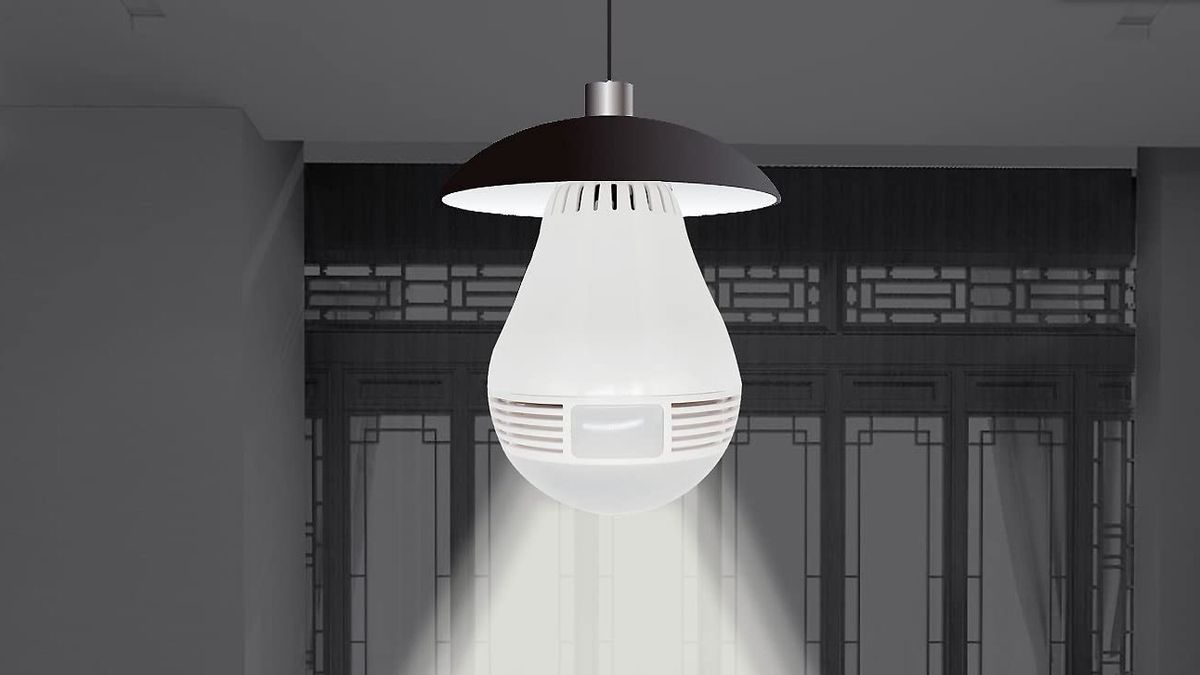
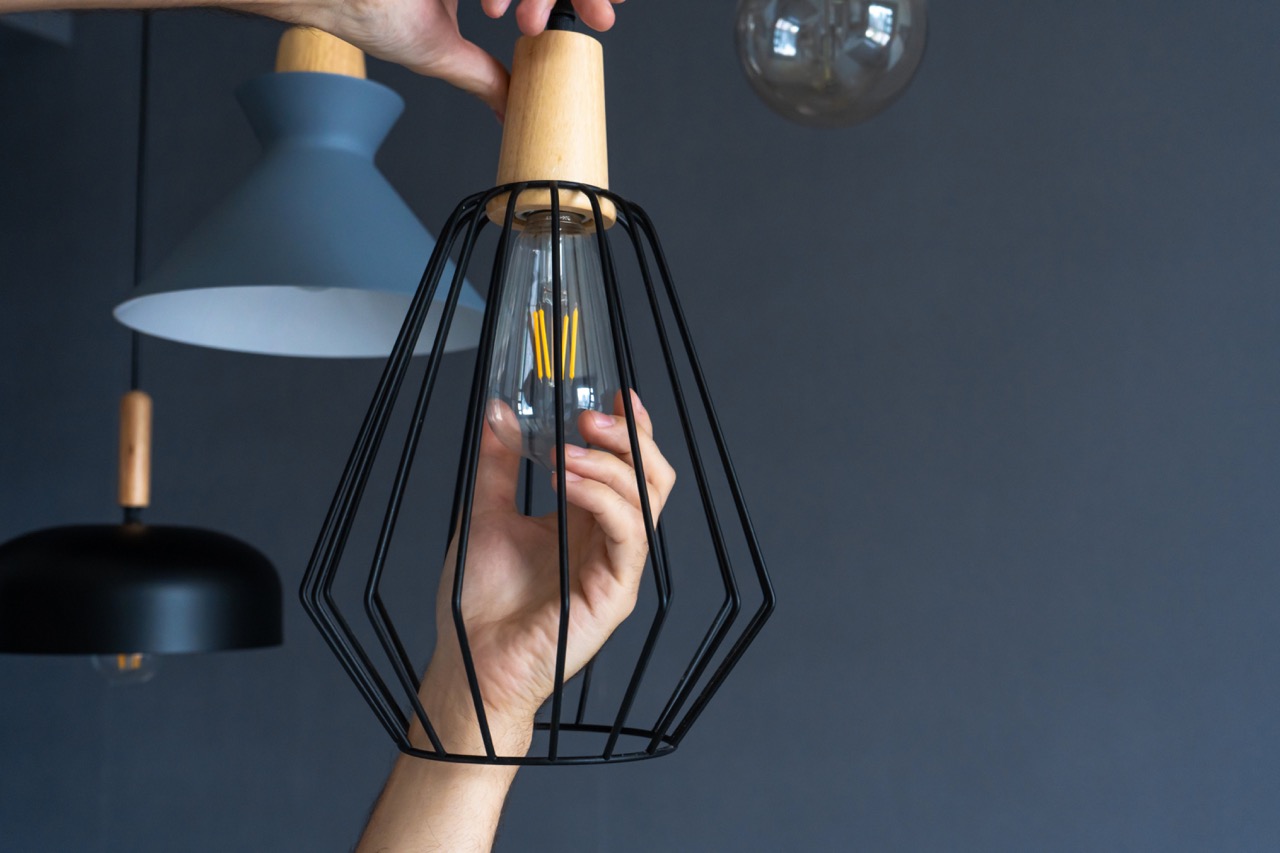
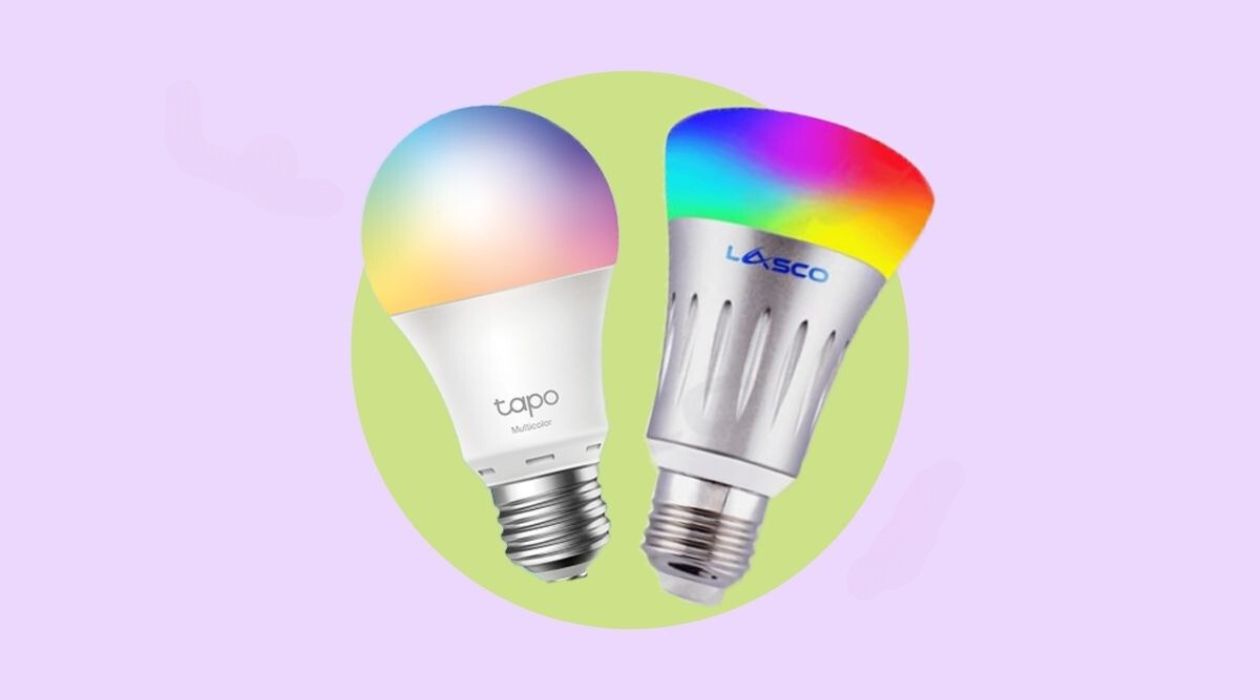
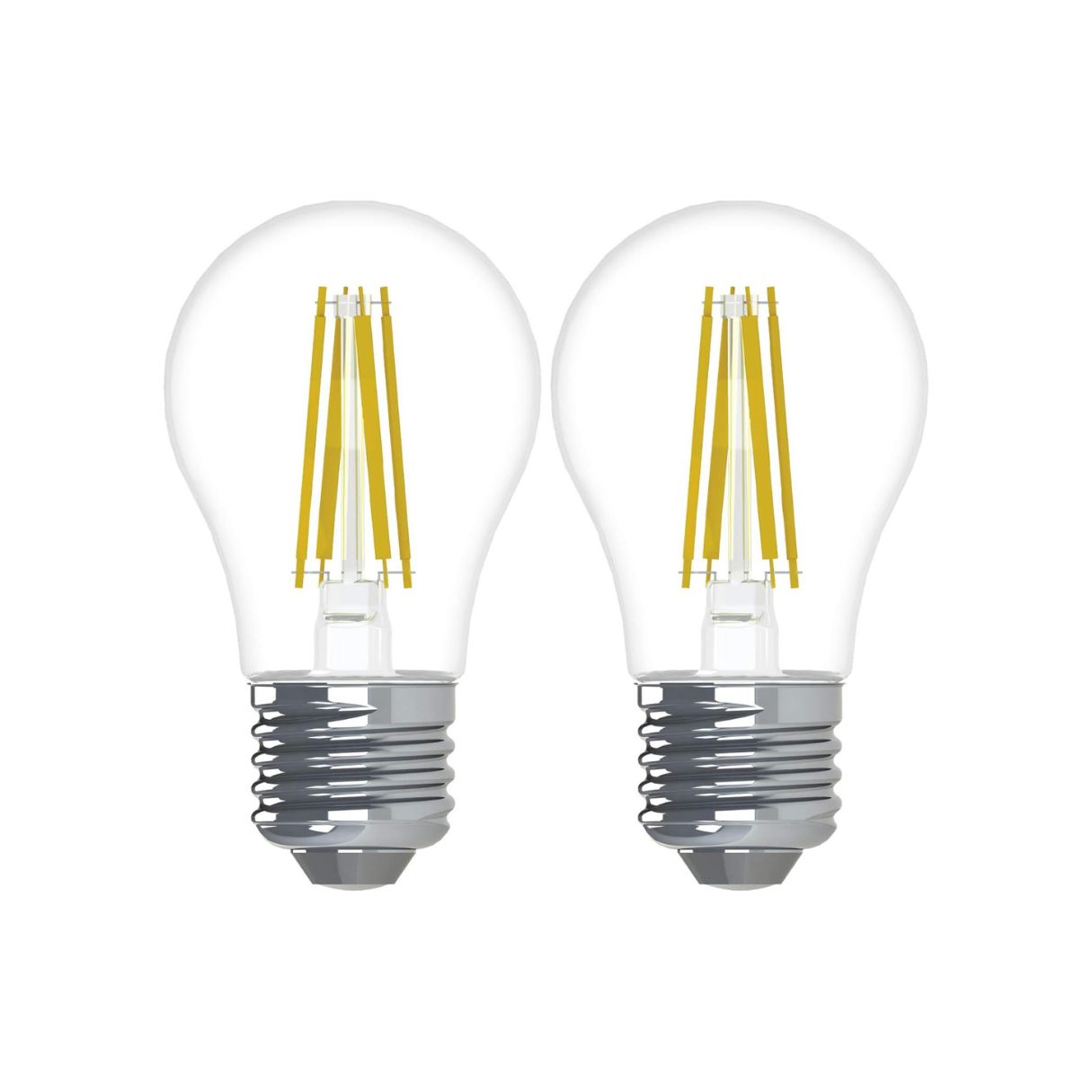
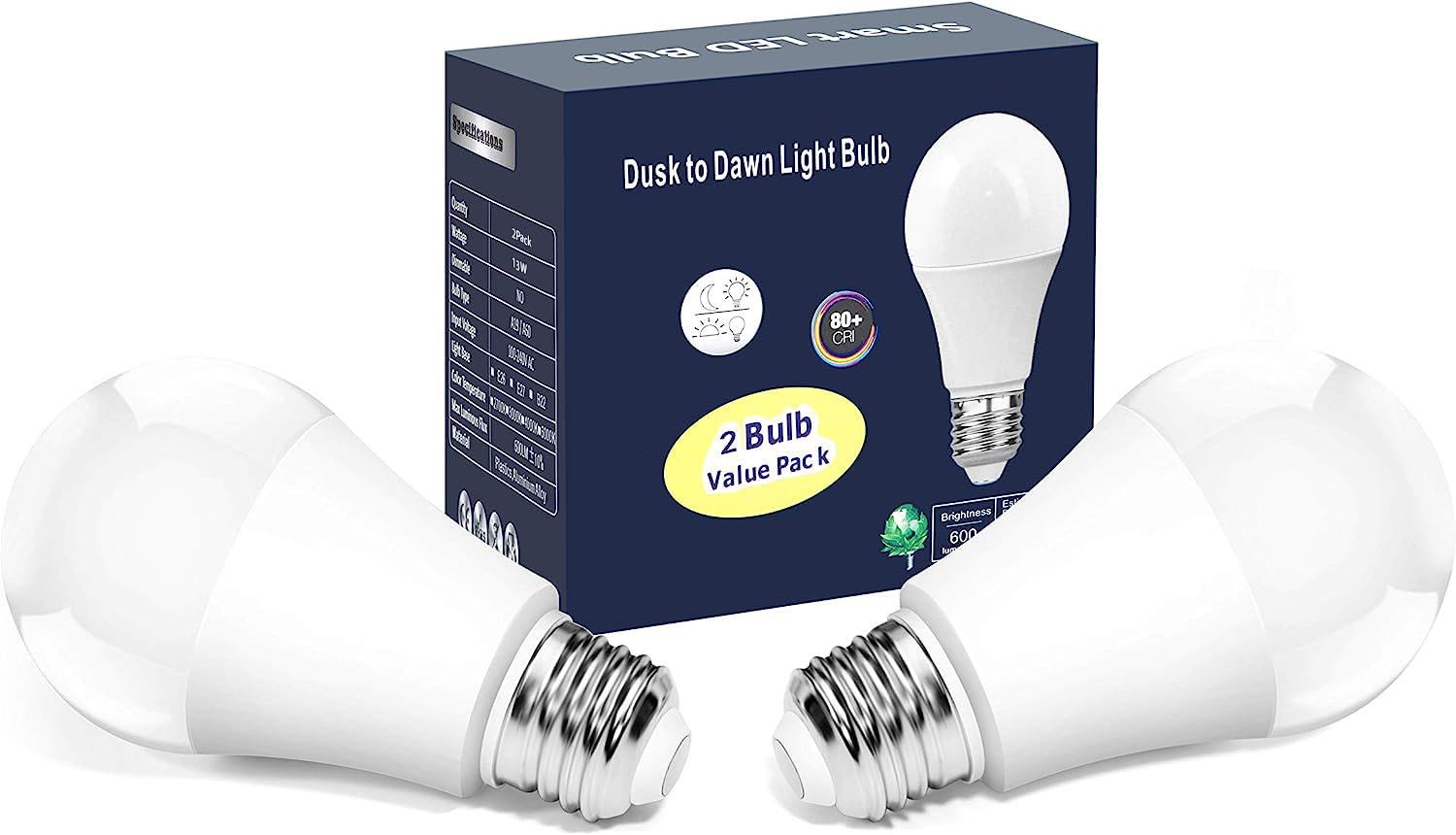
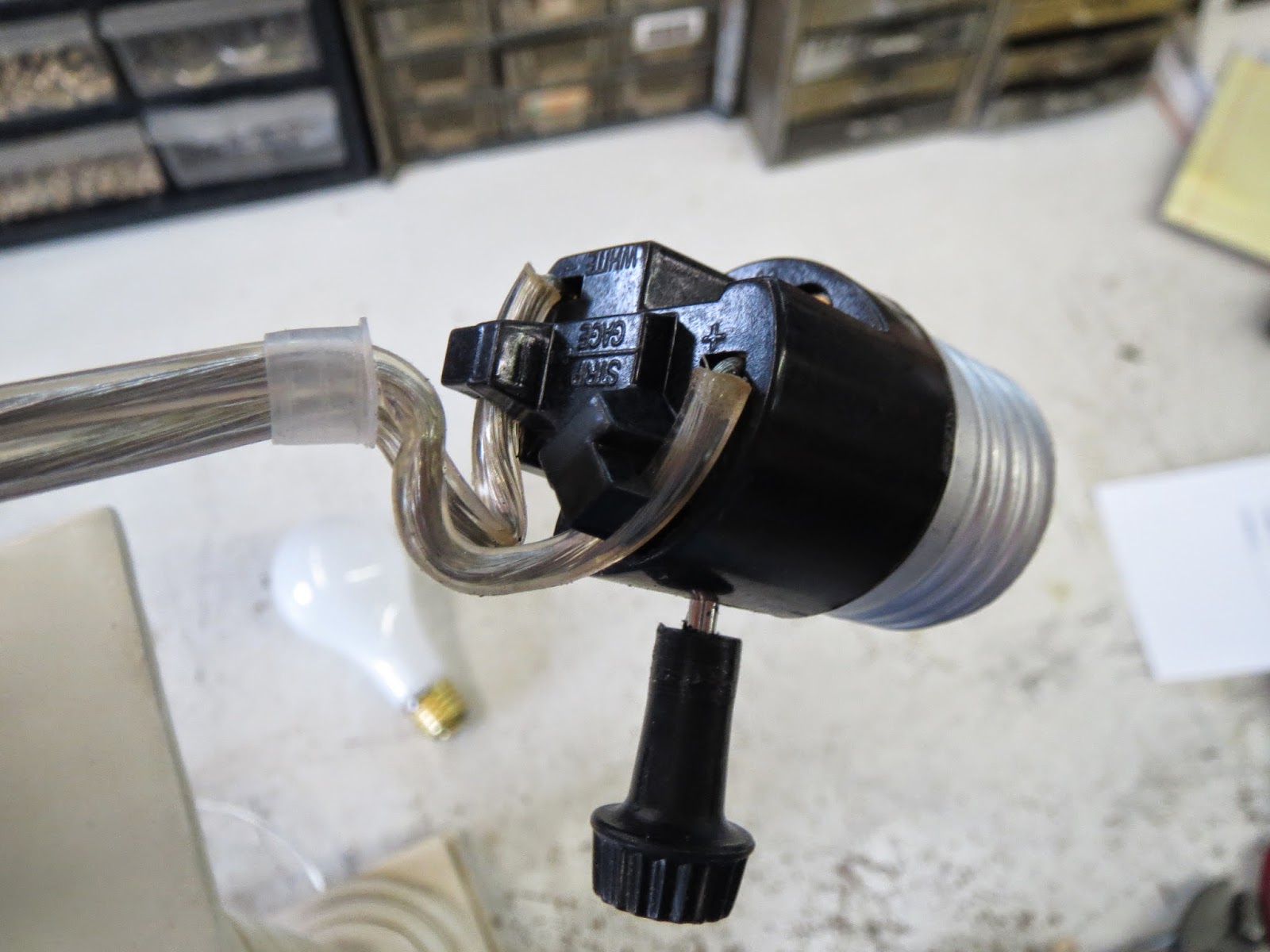
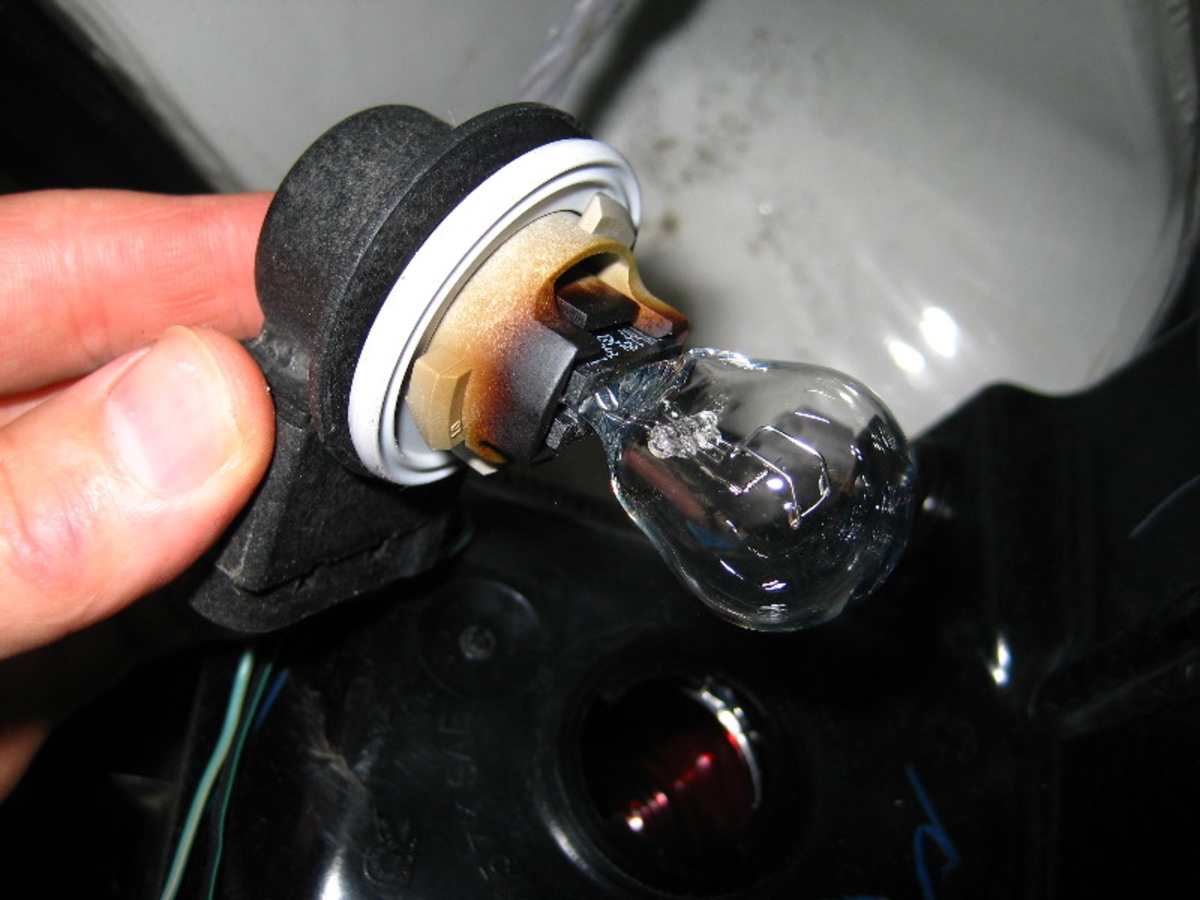
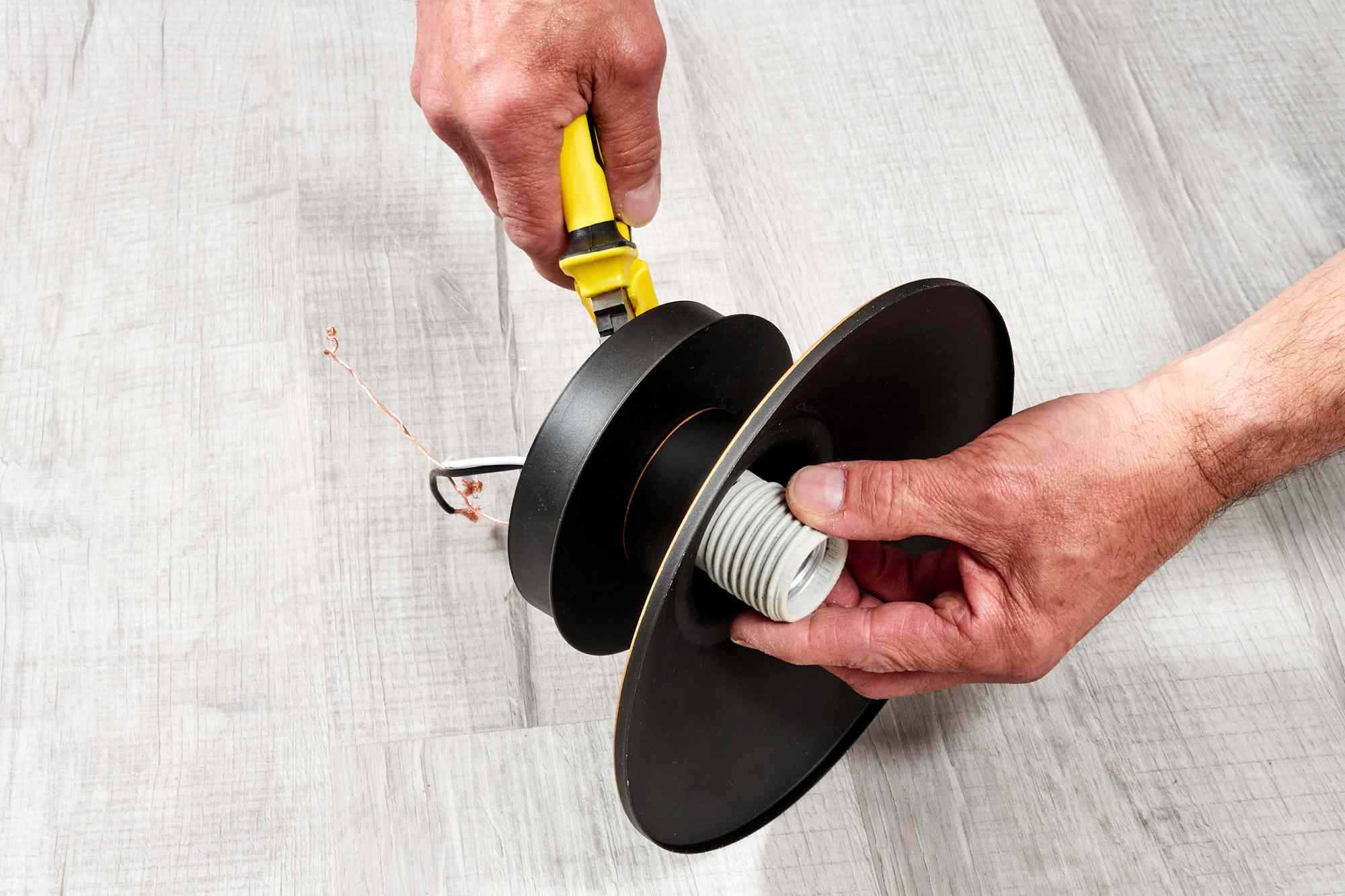
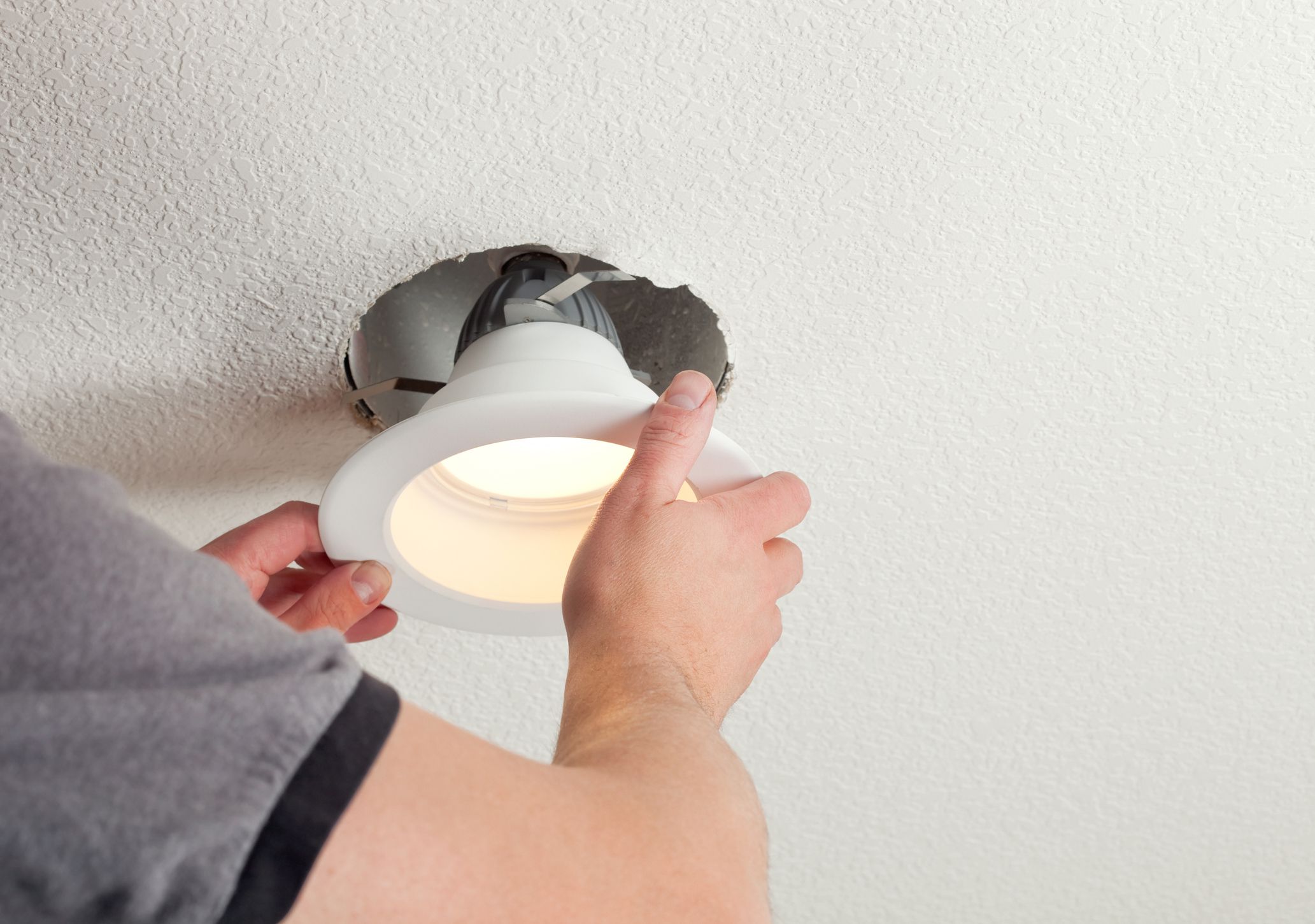
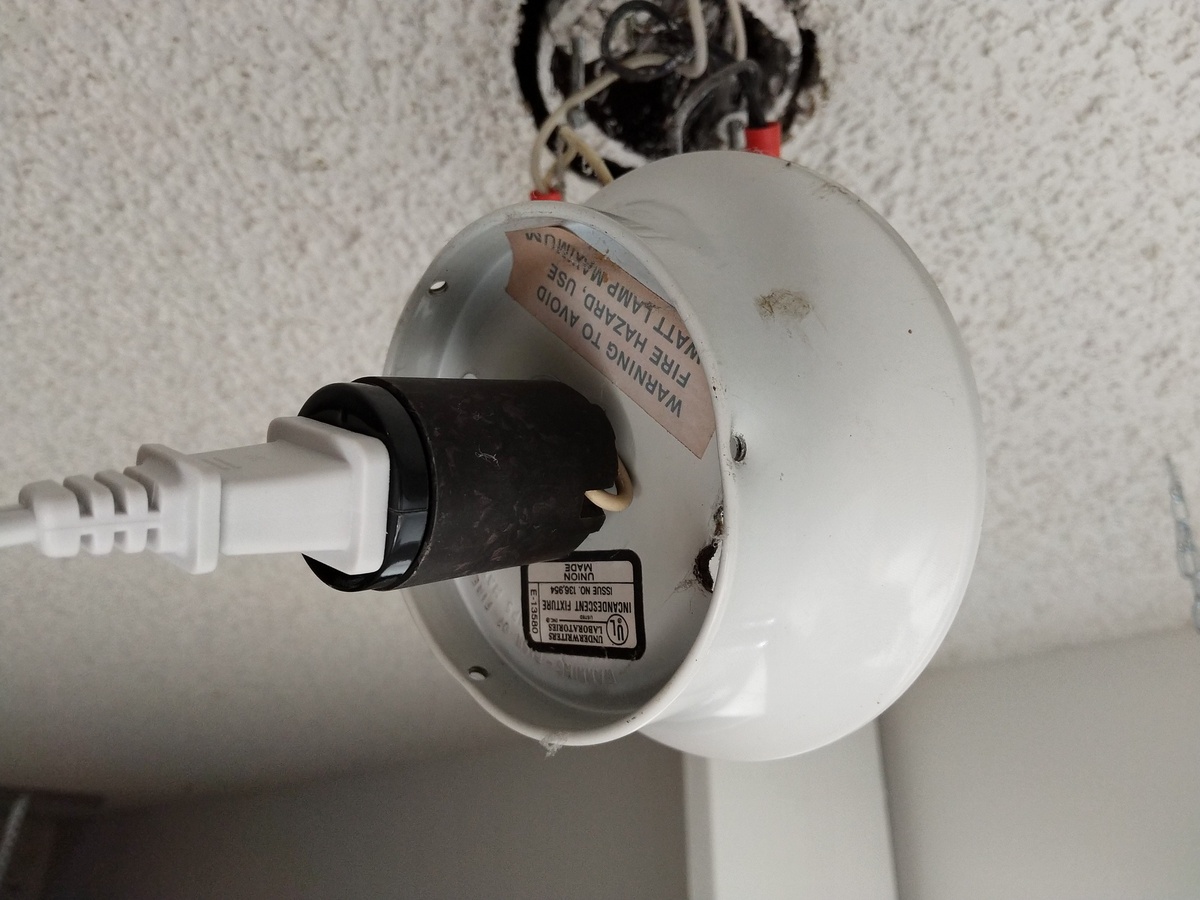
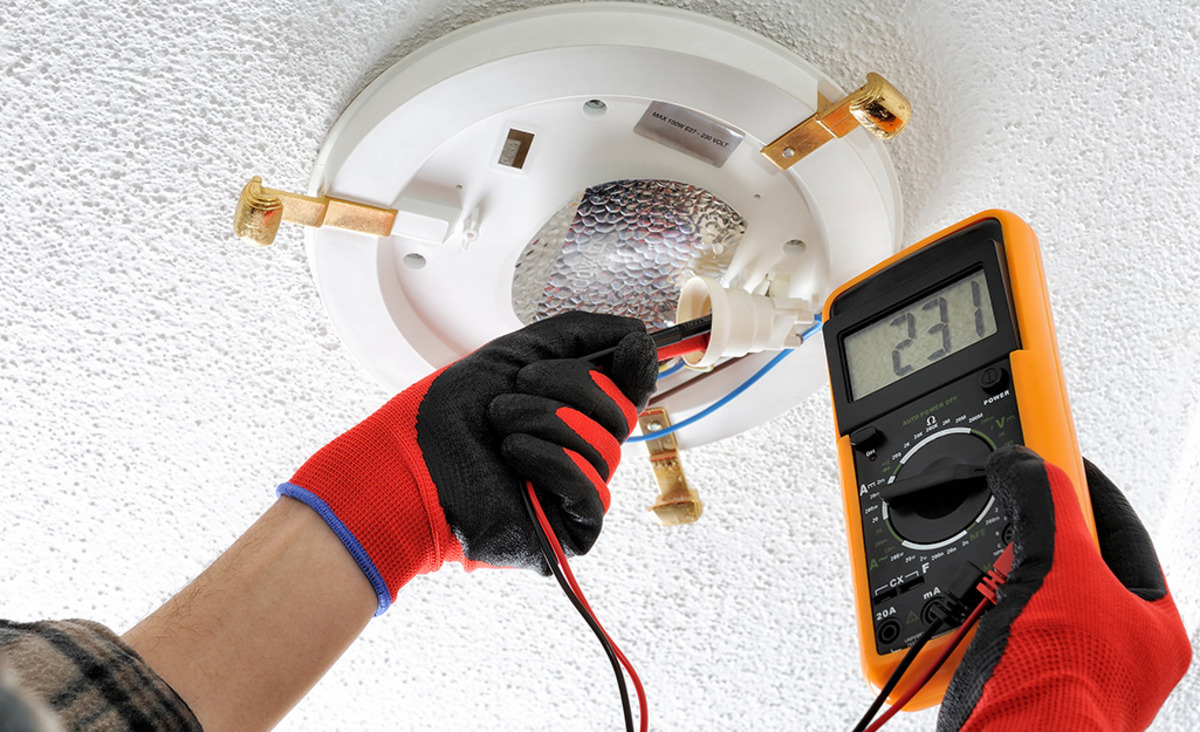
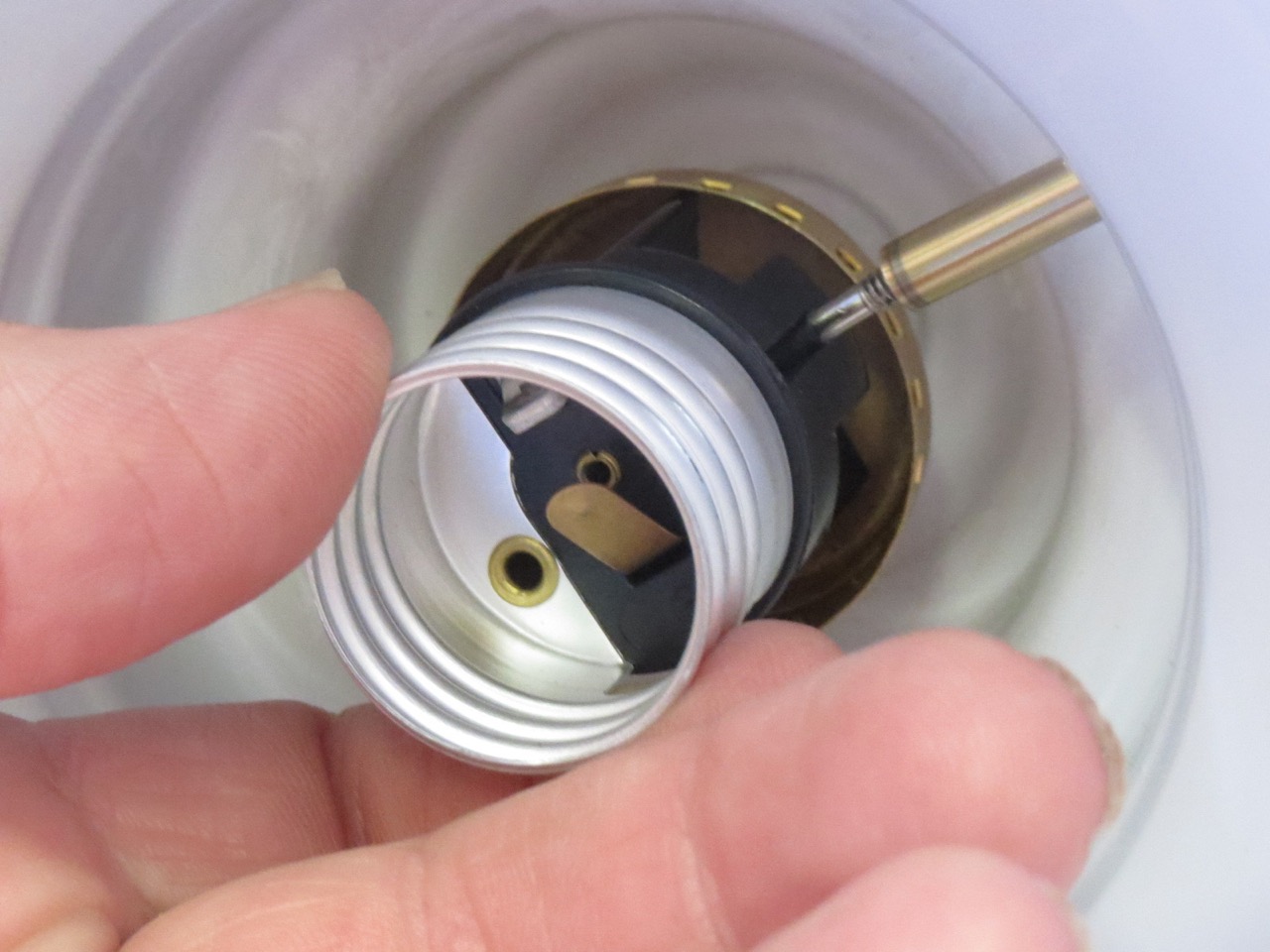
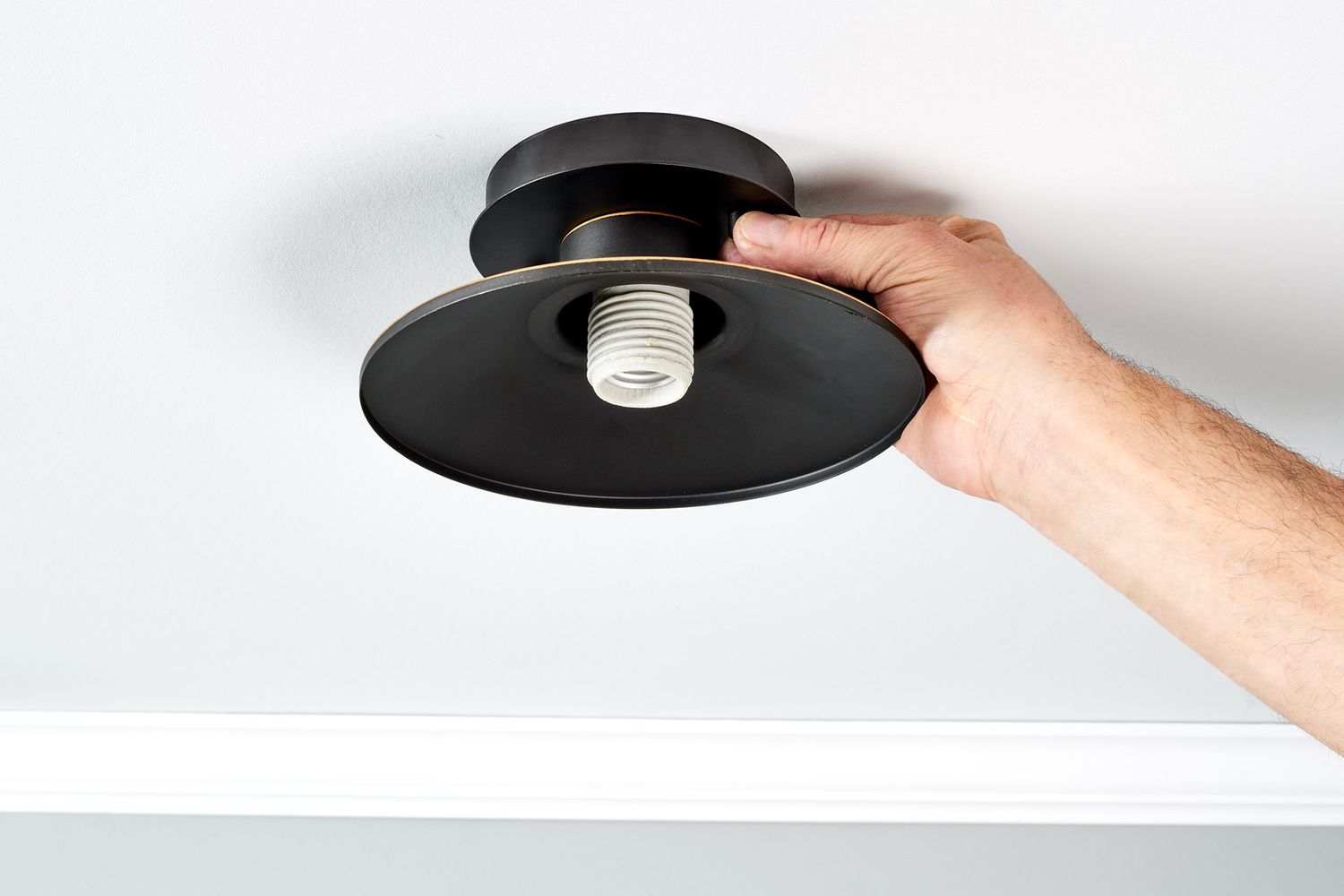
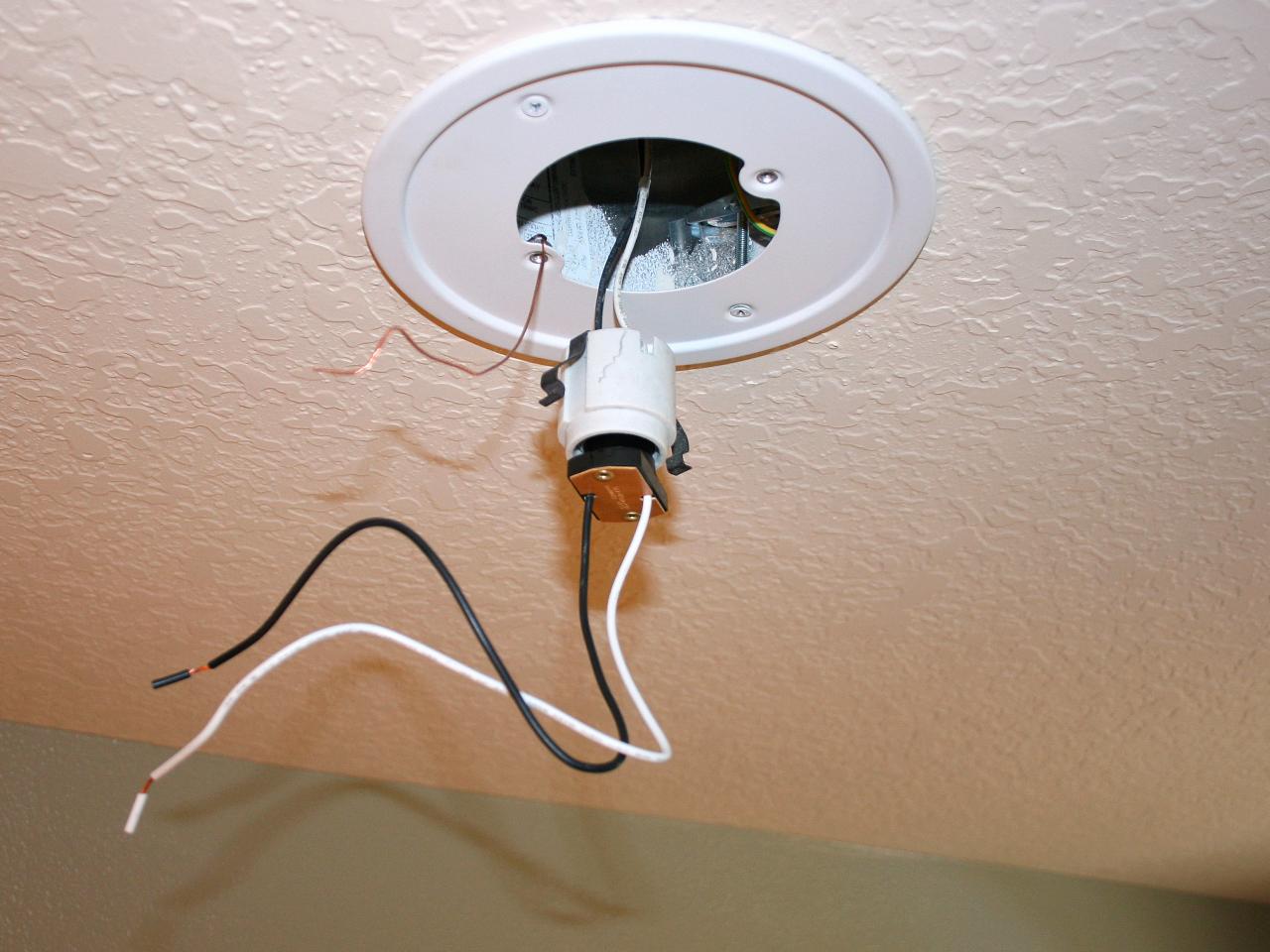

0 thoughts on “How Does A Light Socket Work”